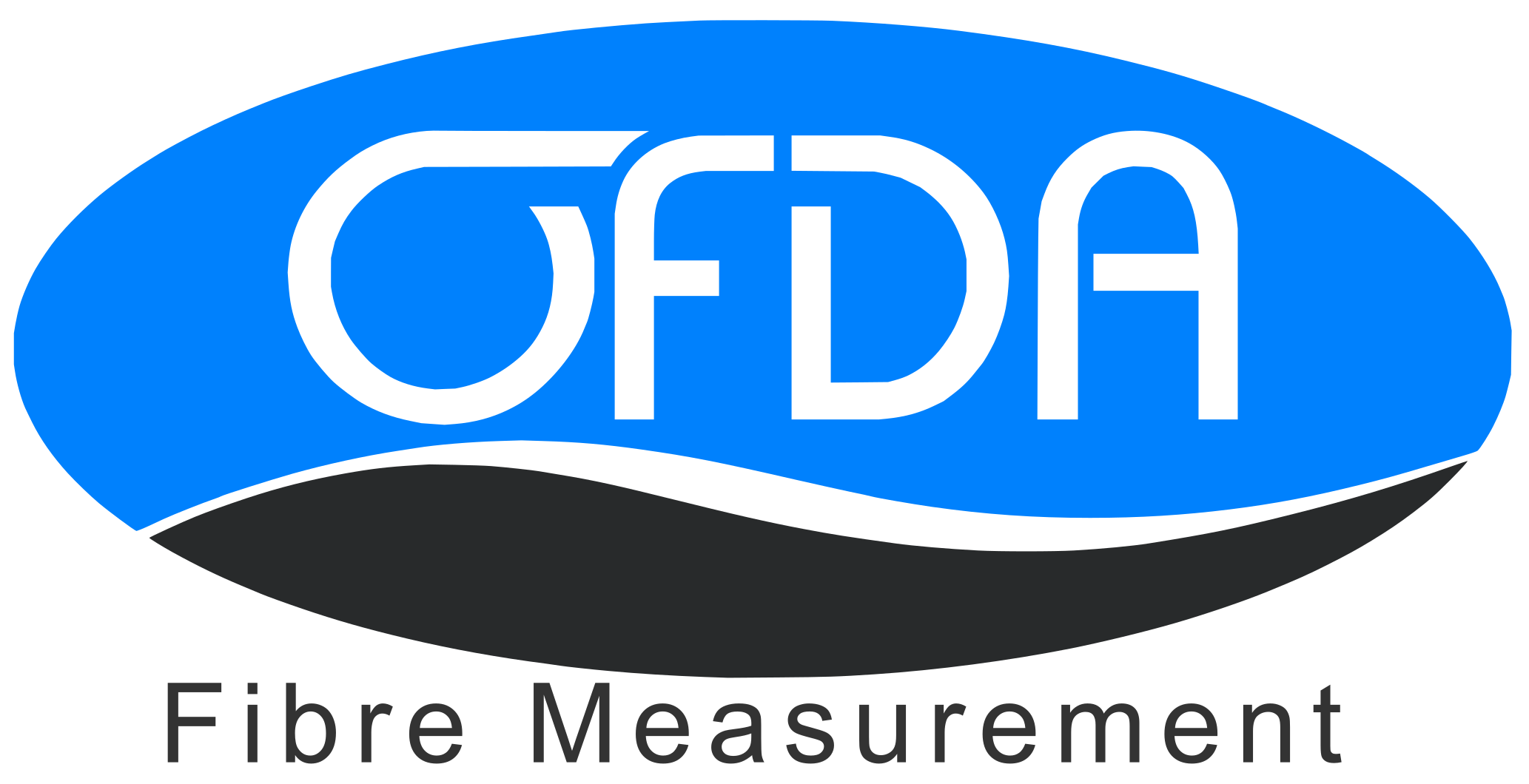A Beginner’s Guide to Fibre Analysis Terminology
- Thomas Hegerty
- Dec 9, 2024
- 3 min read
Updated: Dec 16, 2024
Fibre analysis plays a crucial role across various industries, including textiles, agriculture, and food science. If you're new to the concept, navigating the terminology can feel overwhelming. This guide simplifies key terms, offering you an accessible way to understand fibre analysis and its importance.
What Is Fibre Analysis?
Fibre analysis refers to the examination of the structure, composition, and properties of fibres. It is essential for quality control, research, and compliance with industry standards.
Industries that heavily rely on fibre analysis include:
Textiles: Ensuring fabric quality and durability.
Agriculture: Measuring fibre content in crops like cotton and hemp.
Food Science: Determining dietary fibre levels in food products.
Key Fibre Analysis Terms Explained
1. Cellulose
The primary component of plant-based fibres, cellulose is a carbohydrate that forms the structure of plant cell walls. It is commonly analysed in textiles and paper industries.
2. Lignin
Lignin provides rigidity and strength to plant fibres. While it’s beneficial for plant growth, high lignin content can reduce the quality of certain products like paper and biofuels.
3. Dietary Fibre
In the food industry, dietary fibre refers to the indigestible parts of plant foods, such as fruits and vegetables. Analysing this type of fibre helps ensure nutritional accuracy on food labels.
4. Microscopy
Microscopy is a fundamental technique in fibre analysis, allowing scientists to examine fibre structures at a microscopic level. Light and electron microscopes are commonly used.
5. Crude Fibre
A term often used in agricultural analysis, crude fibre refers to the residue left after treating a sample with acid and alkali. It indicates the indigestible portion of plant material.
Methods of Fibre Analysis
1. Chemical Analysis
This involves breaking down fibres into their components using chemicals. For example, the Van Soest method is widely used to measure fibre content in animal feed.
2. Microscopic Analysis
Microscopic techniques allow for the detailed observation of fibre morphology, helping to identify fibre types and their quality.
3. Infrared Spectroscopy
This method uses infrared light to determine the chemical bonds in a fibre sample. It is non-destructive and highly accurate.
4. Gravimetric Analysis
Gravimetric analysis measures the weight of fibre residues after chemical treatment, providing data on fibre concentration.
Why Is Fibre Analysis Important?
Quality Control: Ensures products meet industry standards.
Product Development: Helps create better-performing materials.
Sustainability: Supports the use of eco-friendly fibres and minimises waste.
Consumer Safety: Guarantees accurate labelling for dietary fibre in foods.
Challenges in Fibre Analysis
1. Complex Fibre Structures
Plant fibres often have intricate structures that require advanced methods to analyse accurately.
2. Sample Contamination
Ensuring sample purity is critical, as contaminants can skew results.
3. Standardisation
Different industries may use varying standards for fibre analysis, which can complicate cross-industry comparisons.
Tips for Beginners
Start with the Basics: Familiarise yourself with key terms and methods.
Invest in Training: Courses on fibre analysis techniques can provide hands-on experience.
Use Trusted Resources: Refer to industry guidelines and scientific publications for accurate information.
Partner with Experts: Collaborate with laboratories specialising in fibre analysis for accurate results.
Fibre Analysis in Everyday Life
Fibre analysis isn’t just for scientists or industry professionals. It has practical applications that affect our daily lives, from the quality of the clothes we wear to the nutritional information on the food we eat.
Discover the World of Fibre Analysis Today!
Understanding fibre analysis terminology is the first step toward appreciating the importance of this field. Whether you’re a student, professional, or simply curious, learning these terms opens doors to deeper knowledge and practical applications.
Looking to enhance your skills or need expert fibre analysis services? Explore trusted resources or reach out to professionals in the field. Stay informed and take your understanding to the next level!


Comments